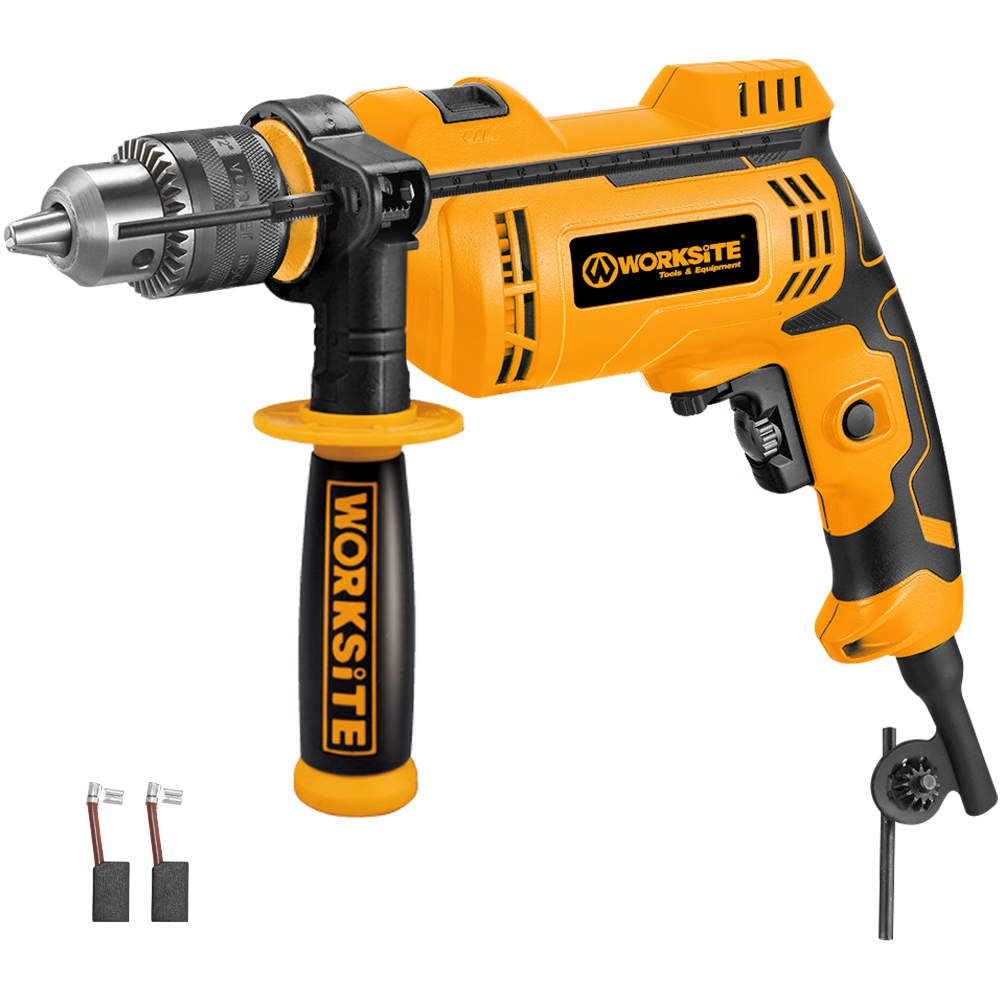When the need arises to create precise holes in metal, not everyone has access to a conventional drill. In such situations, resourcefulness becomes key. This guide explores innovative and practical methods for achieving the task at hand without a traditional drill, offering solutions that cater to various scenarios and tool availability.
1. The Power of Punches: A Manual Approach
For those without a drill, a simple metal punch can prove to be a powerful ally. Mark the desired hole location on the metal surface, place the punch at the center, and strike it firmly with a hammer. This manual method may require more effort than drilling but is effective, especially for small holes.
2. Scribe and Grind: Precision with Hand Tools
If a drill is out of reach, hand tools like a scribe and a file or a grinding wheel can be employed. Begin by scribing the outline of the hole, creating a guide for the subsequent steps. Then, carefully use a file or grinding wheel to remove the material within the scribed area until the desired hole is achieved. This method demands patience but allows for precision.
3. Heat and Punch: Thermal Assistance
Applying heat to the metal can make it more malleable, facilitating hole creation without a drill. Heat the area where the hole is needed with a torch until it reaches a cherry-red color, then use a punch or chisel to create the hole. This method is particularly effective for thin sheets of metal.
4. The Step-by-Step Approach: Manual Hole Enlargement
For those with access to basic hand tools, a step-by-step approach can be employed. Begin by creating a small hole using a nail, awl, or any sharp-pointed tool. Gradually enlarge the hole by using larger tools, such as chisels or metal files. While this method may take more time, it allows for control and precision.
5. Abrasive Wheels: Grinding Your Way Through
Abrasive wheels, such as rotary grinding or cutting wheels, can be used to create holes in metal surfaces. Mark the desired hole location and carefully grind away the material using the abrasive wheel. This method requires a steady hand and caution, but it is effective, especially for thicker metals.
6. Cordless Screwdriver: A Surprising Alternative
In the absence of a traditional drill, a cordless screwdriver equipped with a suitable bit can serve as an unexpected alternative. While it may not offer the same power as a drill, it can be effective for creating smaller holes in metal surfaces.
Conclusion: Resourcefulness Prevails
In the realm of metalworking, creativity often takes precedence when traditional tools are unavailable. While a drill is the go-to tool for creating holes in metal, the absence of one shouldn't hinder progress. By utilizing manual tools, heat, abrasives, or even unexpected alternatives like a cordless screwdriver, resourcefulness can prevail. This guide empowers individuals to think beyond the drill, encouraging ingenuity in overcoming challenges and achieving precision in metal hole creation without the conventional tools.


More Stories
Copper Clad Steel Strand Wire for Solar Farm: Grounding Solution Balances Strength, Conductivity, and Cost
Kaisen: Leading Cyclone Separator Manufacturer Offers High Efficiency at Affordable Prices
Applications of Ozone in Water Treatment: Understanding Processes, Mechanisms, and Advantages